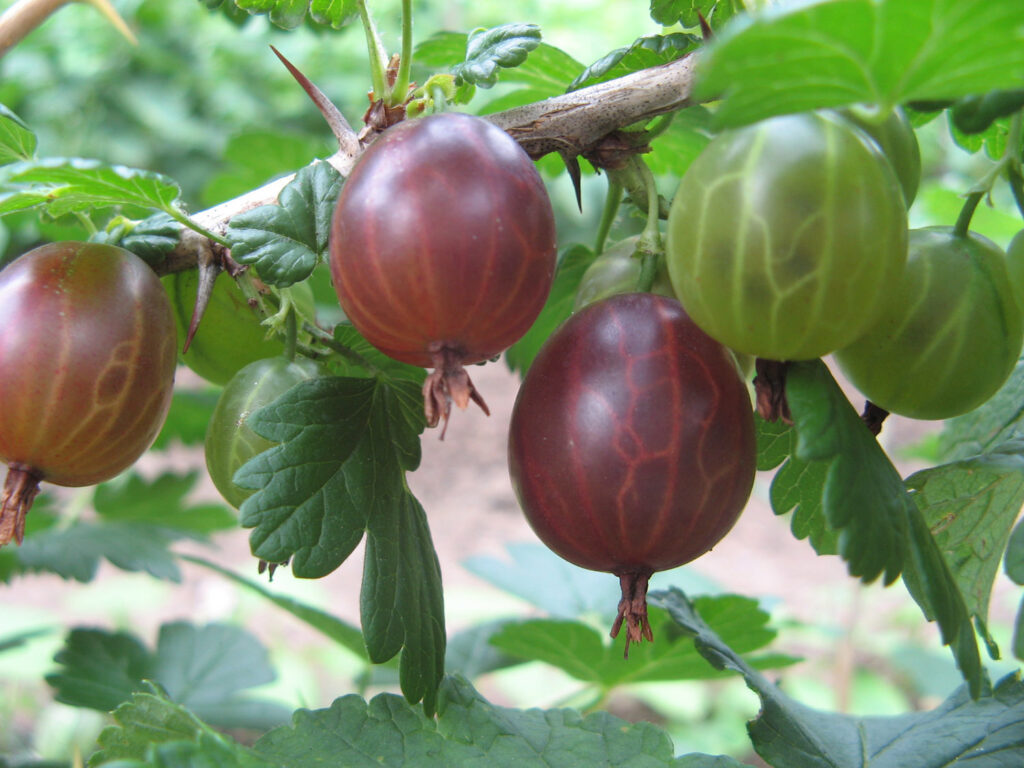A retired lawyer from the middle of Michigan’s countryside, and a woman working the naval shipyards from northern Russia. What could possibly unite these two?
Why gooseberries, of course.
United by a forbidden fruit—though luckily, it’s now no longer off-limits.
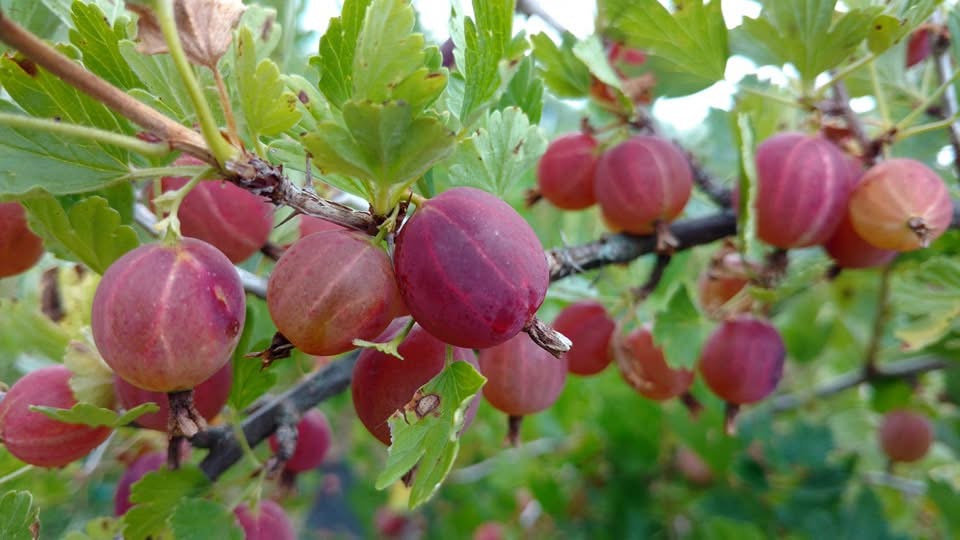
Gooseberries used to thrive throughout the country. By 1920, there were around thousands of acres growing native and European varieties that came over with the great migration, ancient fruits that had been cultivated since the Middle Ages.
But once the gooseberry’s presence was linked to white pine blister rust, a fungus that infected timber, it was banned by the federal government in 1911.
The ban was lifted in 1966. Except for a few states that is. But by that point, it had been denounced for decades. By then, the once common knowledge of this “super fruit,” and thousands of acres of cultivated land, was all but lost.
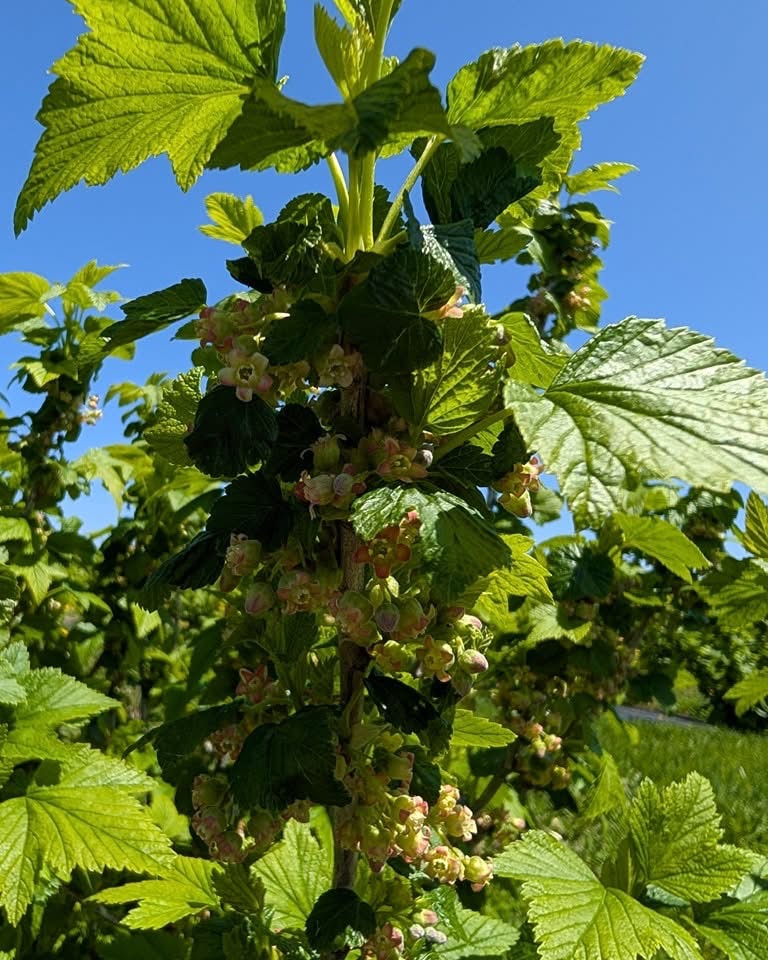
But just a few years later, a young kid was growing up on a Midland farm his parents had recently purchased, discovering an old gooseberry bush in the yard. Since he learned to walk, Jerry Coons began to notice that the bushes discovered in his parents yard continued to provide pounds of fruit each year. Despite the lawnmower running it over, no one pruning it, and even the cattle walking on it, it still bore fruit.
Meanwhile, over in the Arctic, a young Yulia would watch her parents take their annual walk into the woods to gather gooseberries. She would work in her family garden digging up potatoes, dreaming of her own fruit and flowers to tend.
Cut to 2011, both Jerry and Yulia took a step together on their path to creating their own gooseberry and currant garden with 20 acres of vacant farmland in Midland.

Since then, their farm, U-Pick Coon’s Berry Farm and Nursery, has grown over twice its size, expanding to offer flowers, wine, and a U-pick option for these ancient fruits.
They currently offer the following varieties of gooseberry:
- Hinnonmaki Red: A Finnish variety that produces large, dark red berries with a sweet-tart flavor.
- Invicta: A green-fruited variety that is highly productive and disease-resistant that tastes like kiwi.
- Black Velvet: A hybrid between gooseberry and worcesterberry that produces small, dark red fruits with a blueberry and grape-like flavor.
- Hinnonmaki Yellow: A classic tartness you’d expect from a gooseberry, mostly in the skin with a really sweet flesh that’s perfect for fresh eating.
- Jeanne: Blooms later than usual, produces a small bush, and is supposedly one of the most disease-resistant varieties they are looking forward to trying.
Coon’s Berry Farm offers black currants (Blackcomb, Tahsis, Titania, Risager, Minaj Smyriou varieties) and red currants (Rovada, Hron, Jonkheer Van Tets, Rondom varieties) as well.
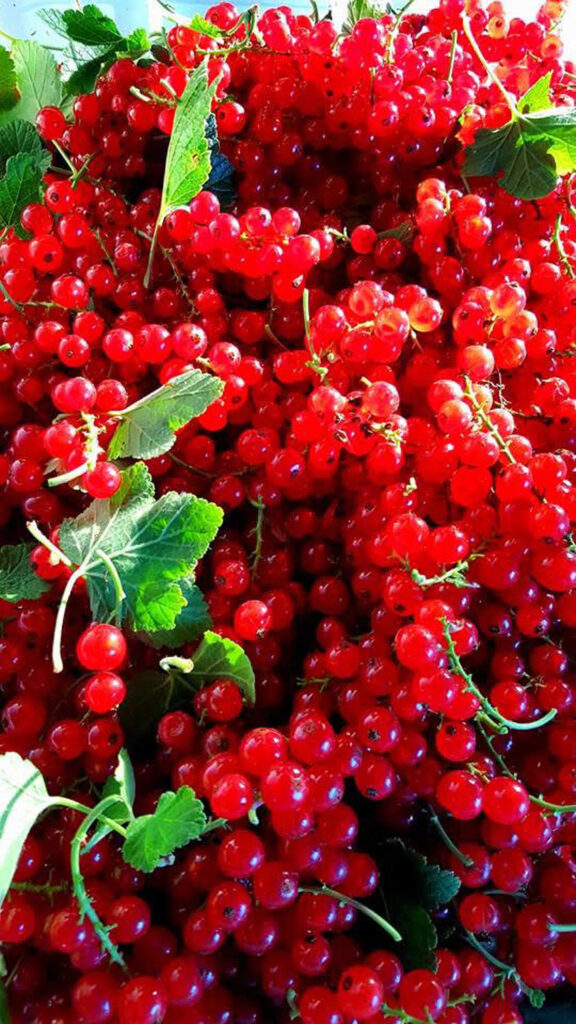
On the Coon’s Berry Farm site, they list the health benefits from the USDA Nutrition handbook for black currants. They have more Vitamin C than any fruit, as much potassium as banana, twice as much calcium as any fruit except blackberries, and are second only to elderberries in iron and protein.
These fruits have been used and loved for centuries by Europeans and Native Americans alike. Over 75 varieties have been eaten over the years by different Native Americans tribes across the country. Some would cook the prickly skin varieties over hot coals, others made it into wine, jelly, or juice.
The Apache mostly left them for the children to eat, while others found medicinal remedies in the plant.
Medicinal remedies for both currants and gooseberries for the indigenous included colds, coughs, preventing miscarriages, preventing blood clotting, and other problems depending on which part of the plant was prepared.
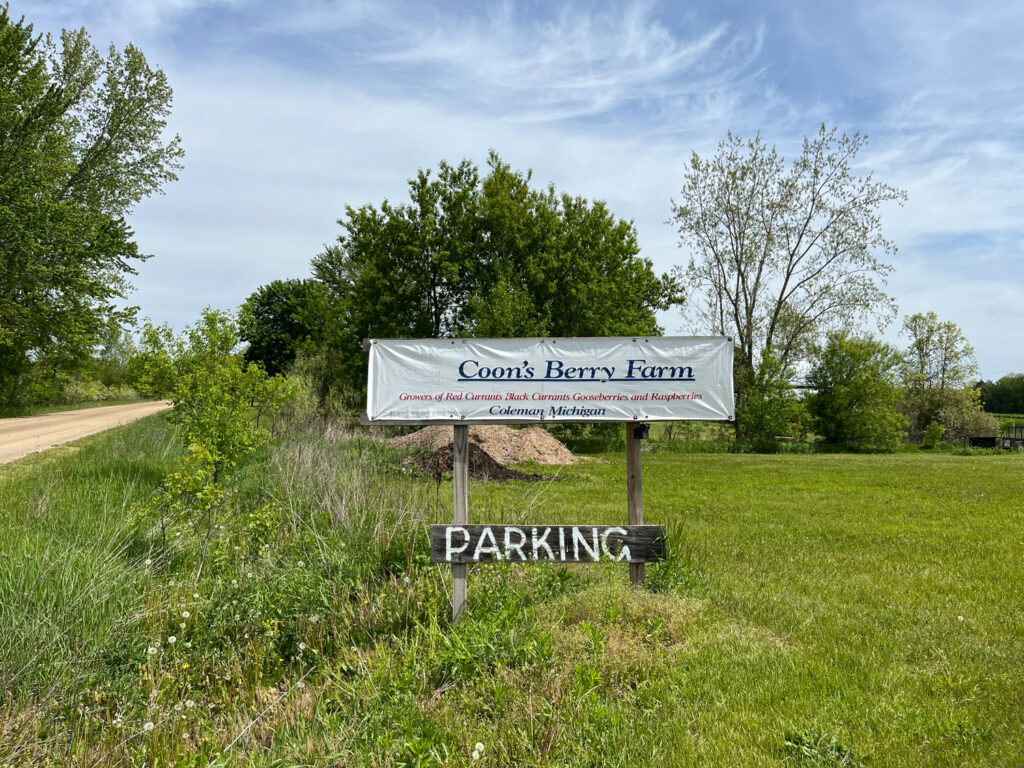
In Europe, societies and annual events in England have been celebrating and cultivating the gooseberry since the 15th century. The gooseberry has been a popular garden fruit from England to Russia, as it’s the first soft fruit of the summer cropping.
Austrians often serve it as a sauce with game. In France, it is often served with mackerel. Throughout the U.K., clubs formed to see who could grow the heaviest berry. Some are still around today.
Michigan has some catching up to do with this small, juicy fruit since it has been legalized. A perfect place to start is at Coon’s Berry Farm.
Gooseberry season is late summer, July to August. But the U-Pick season is short, only a couple weeks, due to state regulations.
The fruit from Coon’s reaches cities as far as Chicago and Detroit, and they are looking to expand into plant sales as a nursery.
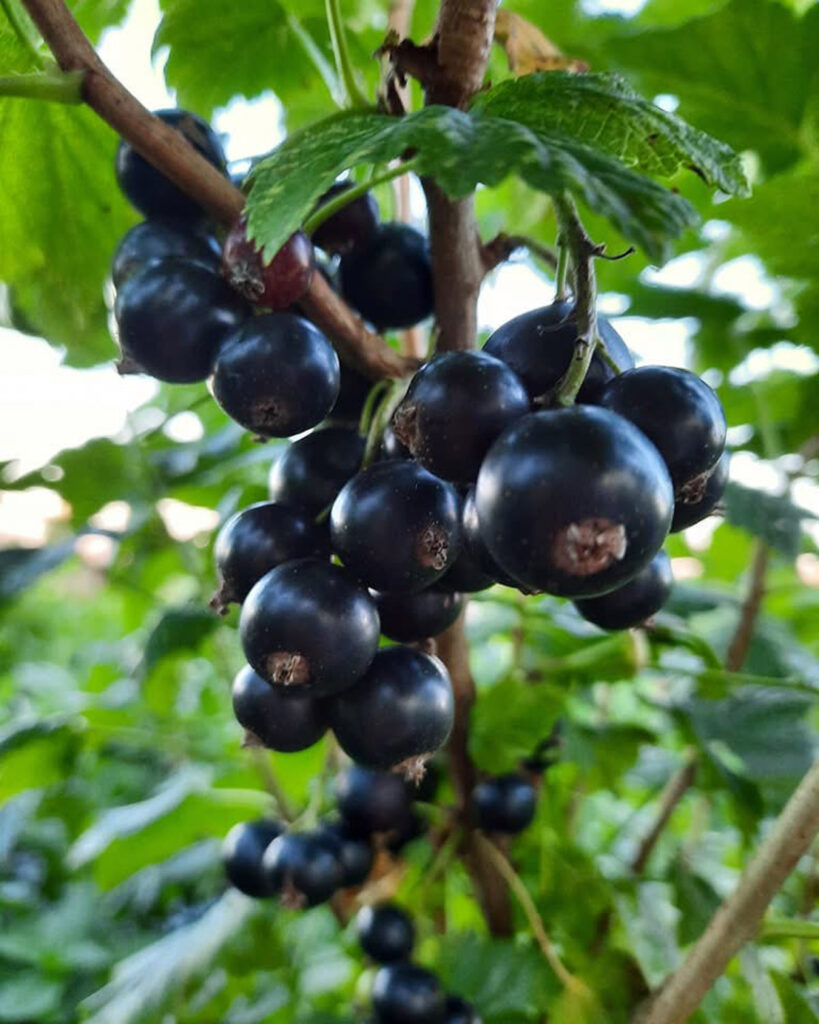
It’s a sign people are looking to incorporate these berries into their garden and farms once again. Yulia herself loves to make freezer jam with the ripe berries, as they are full of natural pectins.
Their cultivated berries have been used for wines in their own Currant Mist winery. Once complete with a tasting room and fabulous local chit chat, they’ve always been some of my family’s favorites wines.
Jerry and Yulia’s love seems to be a lot like my own grandparents. They understand firsthand that you reap what you sow.
Devinn Dakohta is a contributing writer for Michigan Enjoyer. Follow her on Instagram @Devinn.Dakohta and X @DevinnDakohta.
